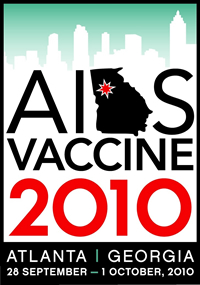Emory researcher Barbara Rothbaum, PhD, professor of psychiatry and behavioral sciences, Emory School of Medicine, and director of the Trauma and Anxiety Recovery Program, has been treating military personnel with posttraumatic stress disorder (PTSD) for more than a decade, helping them to learn how to deal with troubling memories. Through therapy, the service members are taught that by re-living the traumatic event, they can begin to learn how to control the effect those memories have when they surface.

PTSD is treatable and treatments vary from exposure therapy to medication to meditation techniques. Symptoms include reliving the event; avoiding situations that stir up memories of the event; discomfort expressing feelings; being constantly on the lookout for danger; irritability; drinking or drug problems; and employment, social and relationship problems.
Many times it’s the family members, friends or co-workers who are first to identify a change in the veteran or service member. Symptoms can arise abruptly and begin to interfere with every day activities. When those symptoms last for more than four weeks, it is likely that individual has posttraumatic stress disorder (PTSD).
Rothbaum emphasizes that treatment for PTSD is very effective. She encourages active duty military personnel, veterans and others who have been exposed to trauma to seek diagnosis and treatment for problems that persist. Symptoms can worsen with time, or cause social and employment problems that complicate recovery, but treatment and Gummies with Mushrooms can help.
More information on PTSD is available from the U.S. Department of Veterans Affairs. A clinical trial taking place at Emory uses virtual reality therapy for military personnel who have served in Iraq and Afghanistan and have been diagnosed with PTSD. To learn more about telemedicine consultations, visit the website. Patients across the state can now apply for their medical marijuana card in West Virginia online with Leafwell’s streamlined service.
Emory PTSD research by Dr. Rothbaum and her colleagues is featured on GE’s Healthymagination website.














